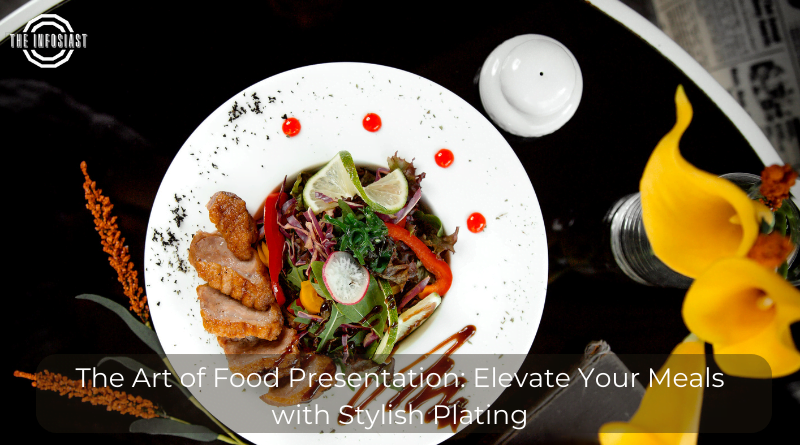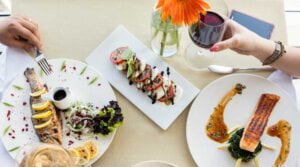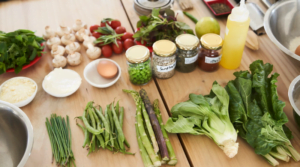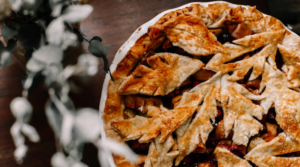
When it comes to enjoying a meal, presentation matters just as much as taste. The art of food presentation involves transforming ordinary dishes into visually stunning creations that entice the senses and elevate the dining experience. Whether you’re a home cook or a professional chef, mastering the techniques of stylish plating can take your culinary skills to the next level. In this article, we will explore the secrets behind impressive food presentation and provide you with practical tips to enhance your meals. Get ready to create dishes that not only taste incredible but also look like works of art!
The Importance of Food Presentation:
First impressions are crucial, and the way food is presented can greatly influence our perception of taste. Well-plated dishes create anticipation and excitement, making the dining experience more enjoyable. Additionally, visually appealing meals are more likely to be shared on social media, making them a popular trend in the culinary world. By paying attention to food presentation, you can make any meal feel special and memorable.
Understanding Balance and Composition:
Effective food presentation is all about finding the right balance and composition on the plate. Consider the colors, textures, and shapes of the ingredients to create a visually pleasing arrangement. Use contrasting elements such as vibrant vegetables against a neutral backdrop or smooth sauces drizzled in artistic patterns. Experiment with different plate shapes and sizes to add visual interest to your creations.
Enhancing Texture and Height:
Texture plays a vital role in food presentation, as it adds depth and complexity to the dish. Incorporate various textures by combining crispy, creamy, and crunchy elements. Use garnishes like fresh herbs or microgreens to add a pop of color and texture. Additionally, consider the height of the components on the plate. Stacking or layering ingredients can create a visually appealing presentation that adds dimension to the dish.
Utilizing Color and Contrast:
Color is an essential aspect of food presentation. Vibrant, colorful ingredients can make a dish look more appetizing and visually appealing. Consider the color wheel and use contrasting hues to create visual impact. For example, pair bright orange carrots with green herbs or arrange red strawberries against a white background. Paying attention to color combinations can make your dishes visually striking and enticing.
Playing with Plating Techniques:
There are numerous plating techniques that can add an artistic touch to your meals. Some popular techniques include:
Sauce Drizzling: Use a squeeze bottle or spoon to create artistic patterns with sauces on the plate.
Quenelle: Shape ingredients into elegant, elongated forms using two spoons.
Stacking: Layer ingredients vertically to create height and visual interest.
Swirling: Use a toothpick or skewer to create decorative swirls or patterns on sauces or purees.
Experiment with these techniques and let your creativity shine through your plating skills.
The art of food presentation is a captivating aspect of the culinary world that allows you to showcase your creativity and elevate the dining experience. By paying attention to balance, composition, texture, color, and plating techniques, you can transform simple meals into visually stunning works of art. Whether you’re cooking for yourself, your family, or guests, taking the time to present your dishes with style and flair will enhance the overall enjoyment of the meal. Embrace the art of food presentation and let your culinary creations shine!
Note: Remember to always prioritize taste and quality alongside presentation. While visual appeal is important, it should never overshadow the flavors and textures that make a dish truly remarkable.



